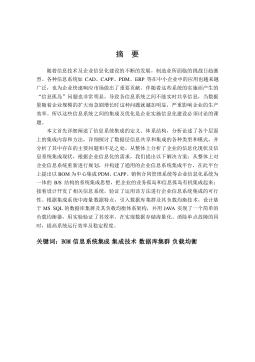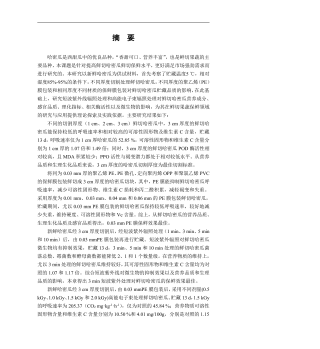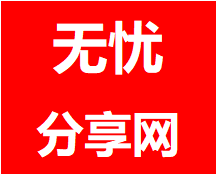基于agent的ERP,APS, SCM,MES系统集成研究
摘要随着信息系统集成技术及人工智能技术从上世纪90年代开始发展,agent技术越来越多的被用在了系统间协作上,agent也成为了研究的热点之一。而企业为了对客户报价请求RFQ做出快速反应,为了减少库存和延迟交货惩罚等成本,必须将信息孤岛结合起来,将信息系统集成从而完美的协作以期完成降低供货成本之大计。随着企业不断的发展,各部门是异步实施信息系统,相互之间的信息无法得到有效的沟通。他们之间如何协作,以及RFQ在系统集成条件下如何运作都需要进行分析。WARP(基于agent的过程回应自动流程控制)是一个基于UML的系统设计方法,它通过结构建模、动态建模、角色协作、功能失效建模等步骤设计系统间角色协...
相关推荐
-
THE COLOR FACTORY ——色彩心理康复体验中心设计VIP免费
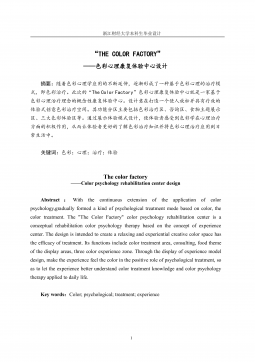
 2024-09-24 13
2024-09-24 13 -
中英大学生创业教育参与主体比较研究VIP免费
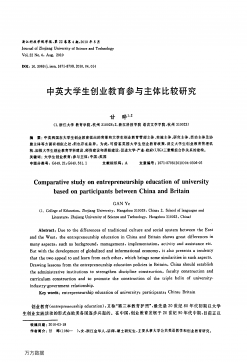
 2024-09-30 58
2024-09-30 58 -
中小学数学培训行业分析VIP免费
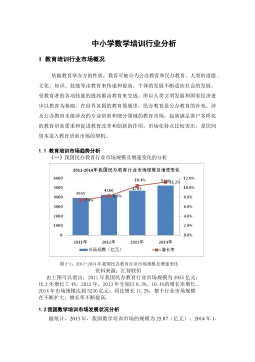
 2024-09-30 21
2024-09-30 21 -
英国大学生创业教育保障体系及其经验借鉴VIP免费
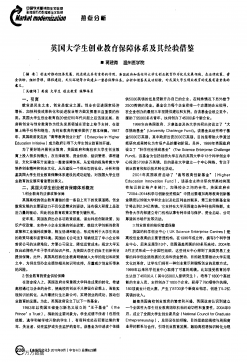
 2024-09-30 67
2024-09-30 67 -
我国大学生创业教育的现状问题及对策研究VIP免费
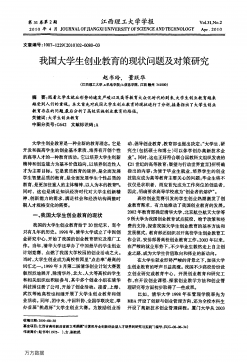
 2024-09-30 41
2024-09-30 41 -
浅谈大学生创业教育中加强思想政治工作的对策问题VIP免费
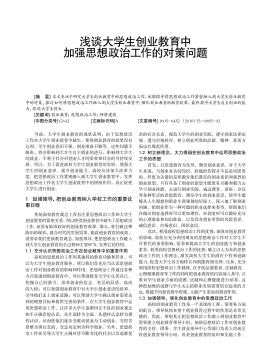
 2024-09-30 23
2024-09-30 23 -
关于我国大学生创业教育目标定位的思考VIP免费
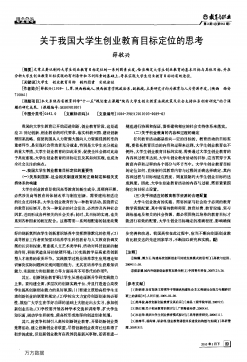
 2024-09-30 71
2024-09-30 71 -
大学生创业教育引入SIYB项目的分析研究VIP免费
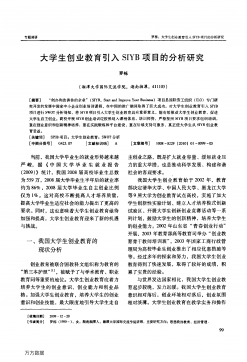
 2024-09-30 57
2024-09-30 57 -
大学生创业教育对策研究VIP免费
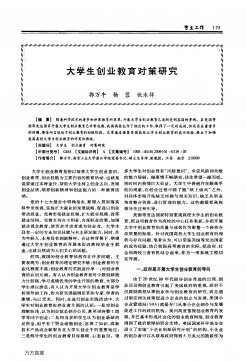
 2024-09-30 53
2024-09-30 53 -
大学生创业教育存在的问题及对策浅析VIP免费

 2024-09-30 65
2024-09-30 65
相关内容
-

中英大学生创业教育参与主体比较研究
分类:高等教育资料
时间:2024-09-30
标签:无
格式:PDF
价格:12 积分
-

中小学数学培训行业分析
分类:高等教育资料
时间:2024-09-30
标签:无
格式:DOCX
价格:12 积分
-

英国大学生创业教育保障体系及其经验借鉴
分类:高等教育资料
时间:2024-09-30
标签:无
格式:PDF
价格:12 积分
-

大学生创业教育对策研究
分类:高等教育资料
时间:2024-09-30
标签:无
格式:PDF
价格:12 积分
-
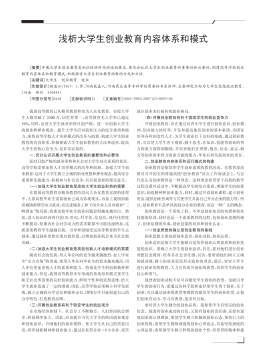
浅析大学生创业教育内容体系和模式
分类:高等教育资料
时间:2024-09-30
标签:无
格式:PDF
价格:12 积分


